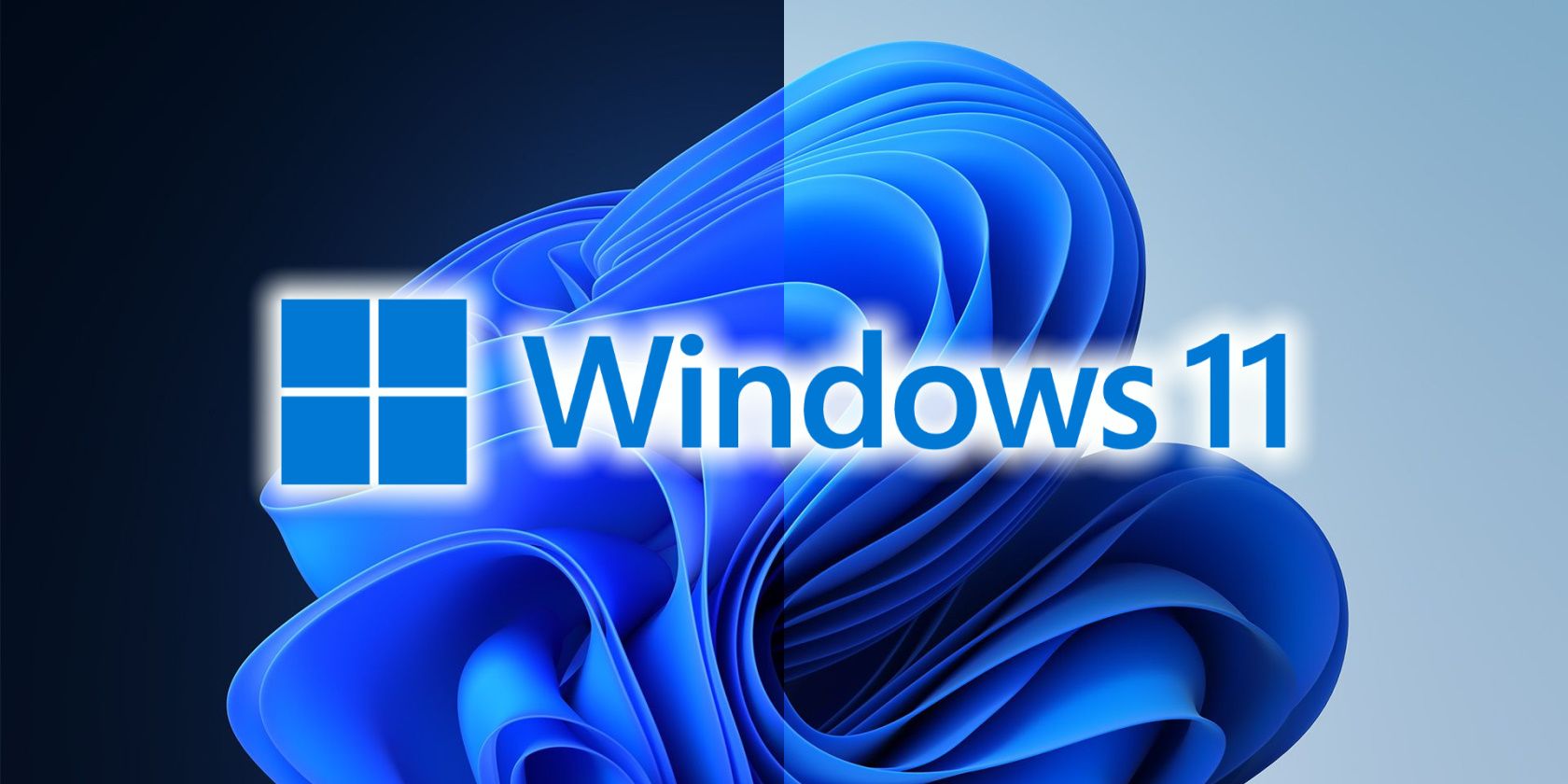Windows 11 is here, and you can finally get your hands on it. So whether you've been testing the Windows 11 Insider Preview releases or have waited patiently for months, the time to upgrade to Windows 11 is now.
So, if Windows 11 is here, how do you get it? How can you upgrade to Windows 11 right now?
Windows 11 Launches Officially, and You Can Upgrade Now
October 5, 2021, is a momentous occasion. It marks the official launch of Windows 11, enabling millions of users worldwide to upgrade to Microsoft's new operating system. For some, the moment isn't as glorious as it could be; Microsoft's stringent minimum requirements for Windows 11 will force many users to remain on Windows 10, at least for the time being.
But for those with hardware that meets the Windows 11 minimum requirements, the time to upgrade to the new operating system is now.
Windows 11 minimum requirements are:
- Intel 8th Gen Coffee Lake or AMD Zen 2 CPUs and up
- TPM 2.0 (Trusted Platform Module) support
- 4GB of RAM
- 64GB of storage
How to Upgrade to Windows 11 for Free
Not all eligible Windows machines will receive the free upgrade just yet. Microsoft is opting for a phased rollout that will see most eligible machines offered the free Windows 11 upgrade by mid-2022. However, if you don't want to wait until then and you have eligible hardware, the easiest and fastest way to upgrade from Windows 10 to Windows 11 is through the official Microsoft PC Health Check App.
- First up, download the PC Health Check App and check your system support.
- If you're eligible for a Windows 11 upgrade, the next thing to do is back up your files and other important data. Although Windows 11 has been tested, it's still a new operating system, and the Insider Preview testing phase is limited in many ways.
- Once you've secured your important files, head to Settings > Update & Security > Windows Update. Check for any new updates, and Windows 11 should auto-magically appear.
- Select Download and Install, then follow the on-screen instructions.
Can You Install Windows 11 On Old Hardware?
Microsoft has already said that you can install Windows 11 on older, potentially unsupported hardware. But it also said at the same time that if you do that, you're on your own. Outdated and unsupported hardware won't receive the regular security updates that keep you, your machine, and your data safe.
Those that do venture down that road will also have to sign a Windows 11 waiver that confirms you understand the risks and are happy to proceed.
This PC doesn't meet the minimum requirements for running Windows 11 - these requirements help ensure a more reliable and high quality experience . . . If you proceed with installing Windows 11, your PC will no longer be supported and won't be entitled to receive updates
Other Ways to Get Windows 11
Of course, upgrading and updating aren't the only way to get your hands on Windows 11. If your machine is ineligible for an upgrade, you could opt to buy a new laptop or desktop PC that supports Windows 11 out of the box.
Is It Worth Upgrading to Windows 11?
If your hardware supports Windows 11 and your free upgrade is available, you have the option to upgrade as and when you want. But is it worth upgrading now?
There are still some unfinished features in the new operating system. For example, you still cannot drag and drop files onto the taskbar to open within an app you're already using, which is a fairly standard function. At the time of writing, there is a RAM issue that consumes all of your available memory and locks up your system. Then, there are networking bugs to iron out, and that's without mentioning the lack of support for Android apps, a much-vaunted new feature.
Windows 11 is a great operating system, but given the information and evidence at hand, it might be worth holding off for a little longer until all the new kinks are thoroughly ironed out.

